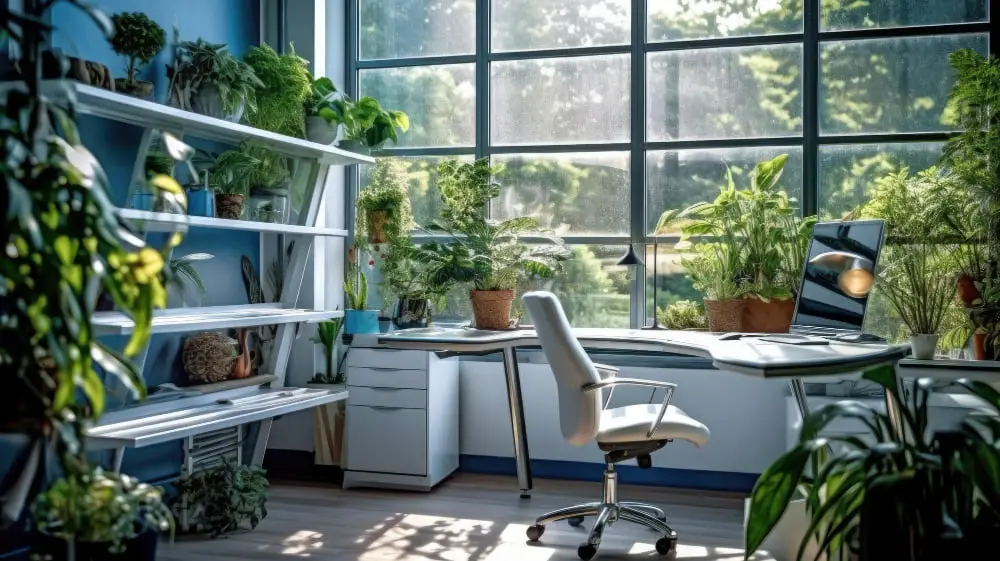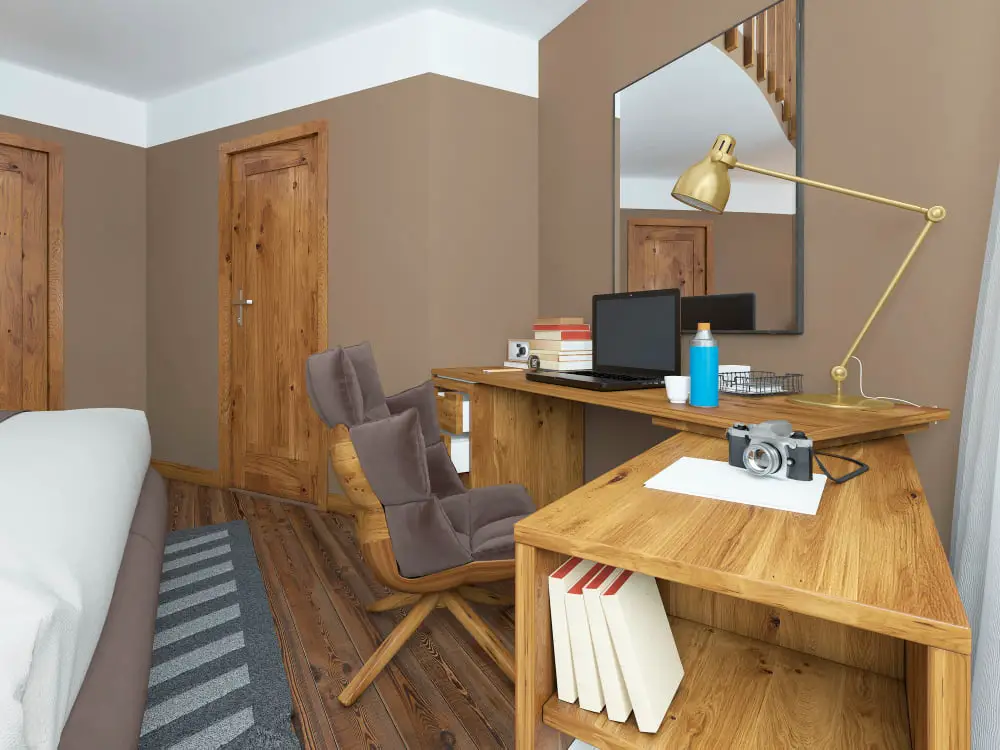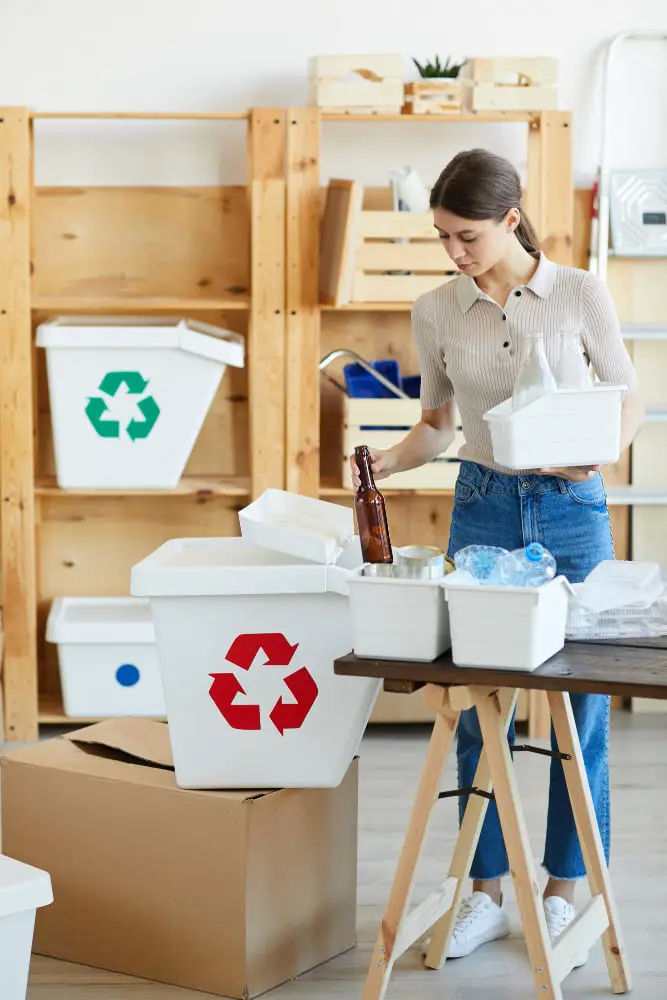Last updated on
In the age of remote work, our home offices have become more than just a space to pay bills or catch up on emails. They’re our creative sanctuaries, productivity powerhouses, and virtual meeting hubs all rolled into one. But, there’s a catch – clutter. It creeps into our workspaces like an unwelcome guest, sapping our focus and diminishing our productivity.
If you’ve found yourself battling the relentless tide of disarray in your home office, fear not! In this blog post, we’re about to embark on a journey to revamp your home office with the best practices for decluttering. Let’s get started.
Set Clear Goals and Priorities

Setting clear goals and priorities is the foundational step in achieving an organized home office. Define your objectives: whether it’s optimizing productivity, fostering focus, or enhancing the aesthetics of your workspace. Prioritize tasks based on their impact and urgency.
By pinpointing your goals, you’ll be better equipped to make informed decisions about what stays and what goes. This approach not only streamlines the decluttering process but also keeps you motivated throughout. Remember, a well-defined purpose will guide your efforts and ensure that every action you take contributes to creating an efficient and harmonious work environment.
Declutter Strategically
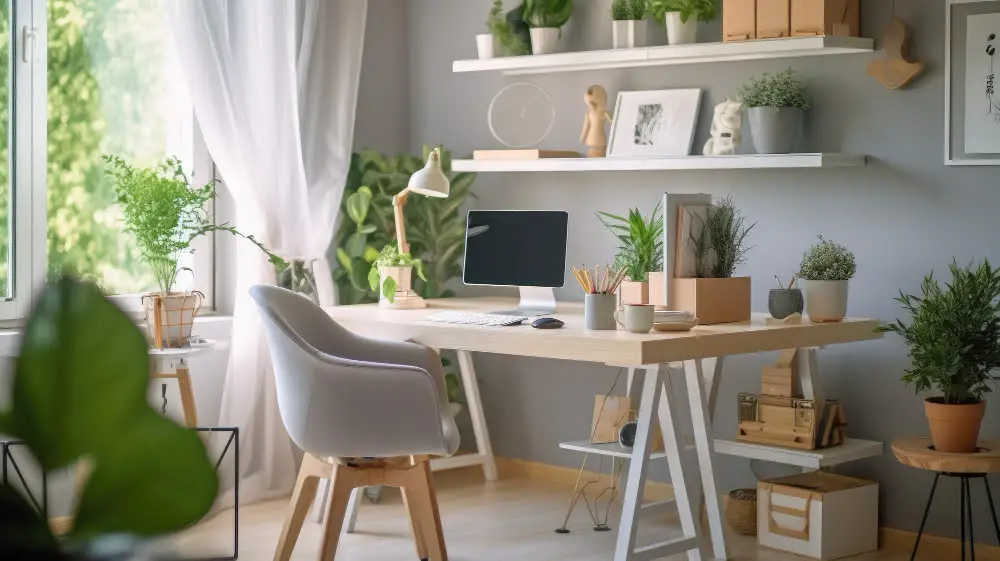
Decluttering strategically is the key to transforming chaos into order within your home office. Start by completely clearing your workspace to assess it objectively. Then, apply the “Keep, Donate, Discard” rule rigorously, evaluating each item’s relevance to your work. Only reintroduce essentials to your workspace, minimizing distractions and unnecessary clutter.
This methodical approach not only reduces visual chaos but also enhances your ability to focus and be productive. By making deliberate choices about what belongs in your workspace and what doesn’t, you’ll create an environment that supports your professional goals and fosters a sense of control and clarity.
Create Storage Spaces
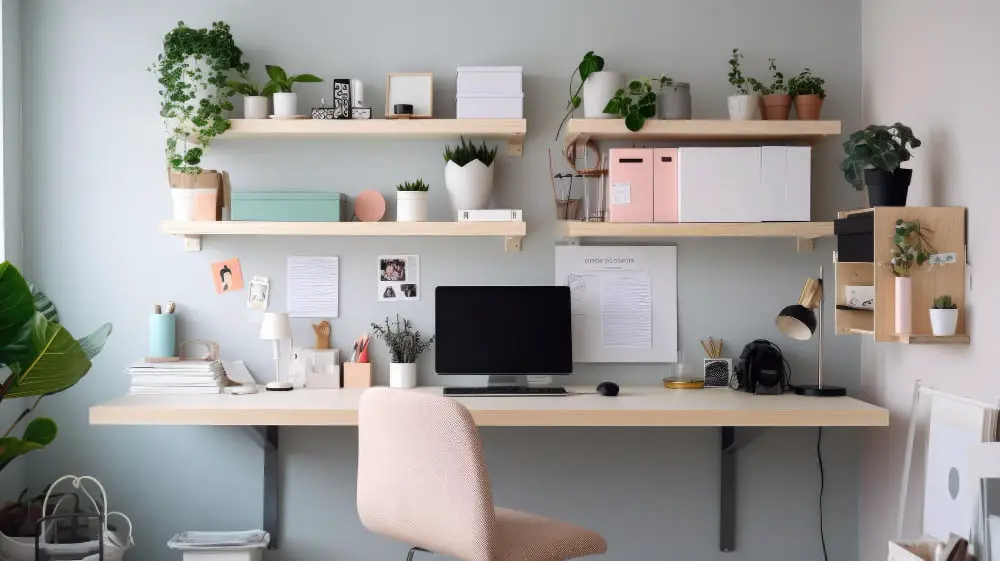
Creating efficient storage spaces is pivotal for maintaining a clutter-free and functional home office. Invest in suitable storage solutions such as shelves, cabinets, and drawer organizers to maximize available space. Designate specific areas for different categories of items, like office supplies, reference materials, and personal belongings.
Ensure that your storage is easily accessible and well-organized, making it effortless to find what you need. If you have a variety of items, you can consider renting an assisted storage facility to store seasonal or rarely used items, keeping your home office streamlined and uncluttered.
Additionally, implementing a labeling system and regular decluttering sessions will help you maintain the efficiency and functionality of your storage spaces over time, ensuring a productive and organized work environment.
Organize Efficiently
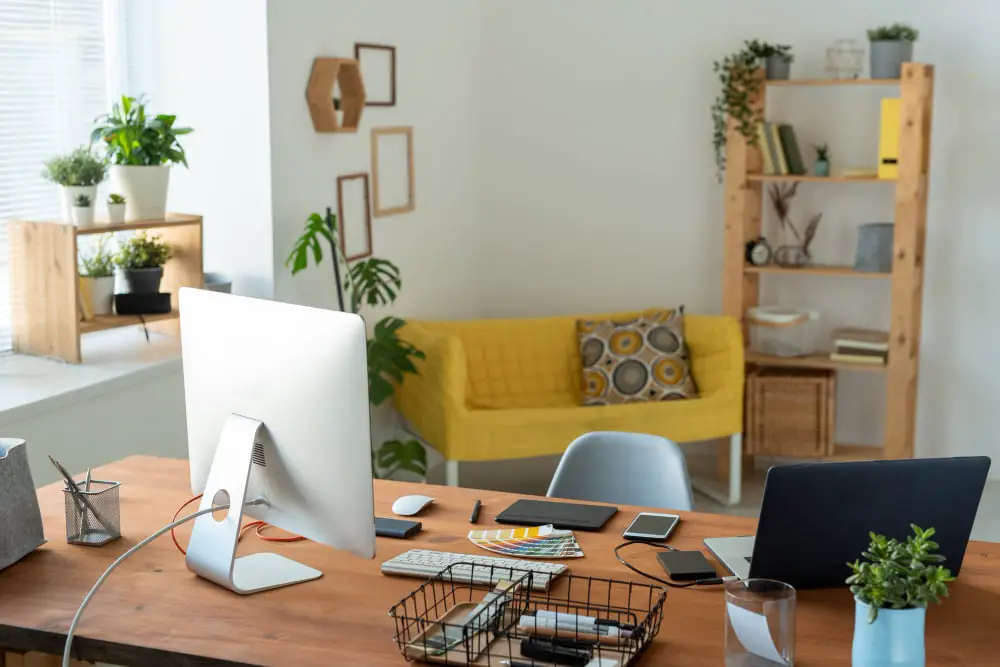
Efficient organization is the backbone of a well-functioning home office. Invest in storage solutions like shelves, drawers, and bins to keep your workspace clutter-free. Arrange items logically, placing frequently used items within easy reach and less-used items in designated storage areas. Employ labels and clear containers to quickly identify and access supplies.
Regularly review and update your organization system to ensure it remains effective. An organized workspace not only reduces stress and frustration but also boosts productivity by allowing you to work more efficiently. It also promotes a professional image for virtual meetings and creates an environment where you can focus on your tasks without unnecessary distractions.
Manage Cables and Electronics
Managing cables and electronics is crucial for a streamlined and hazard-free home office. Use cable clips, ties, or organizers to prevent a tangled mess of wires that can be unsightly and pose safety risks. Label cords to identify devices easily, making it simple to troubleshoot or make changes. When it comes to electronics, evaluate your equipment regularly.
Consider consolidating devices, upgrading when necessary, or storing infrequently used items. This not only reduces clutter but also ensures that your technology remains up-to-date and functional, allowing you to work smoothly without the frustration of cable chaos or outdated equipment.
Create a Productive Work Environment
Crafting a productive work environment in your home office is essential for maintaining focus and efficiency. Prioritize ergonomics by selecting an appropriate chair, desk, and computer setup to prevent discomfort and strain.
Ensure your workspace is well-lit to reduce eye strain and enhance alertness. Personalize your surroundings with inspiring decor, plants, or artwork that motivates creativity and boosts your mood.
Additionally, maintain a clutter-free and organized space to minimize distractions and enhance concentration. By curating a workspace that aligns with your work style and preferences, you’ll create an environment conducive to productivity and innovation, making each workday more enjoyable and efficient.
Adopting these best practices for home-office decluttering can significantly improve your work environment and productivity. Setting clear goals, decluttering strategically, and organizing efficiently create a streamlined workspace. Managing cables and electronics reduces visual and physical clutter, while a thoughtfully designed, personalized workspace enhances focus.
Regular maintenance ensures a lasting impact. By implementing these practices, you’ll not only transform your home office into a functional, inspiring, and organized space but also boost your overall work performance and well-being.
Continue reading:
Recap
